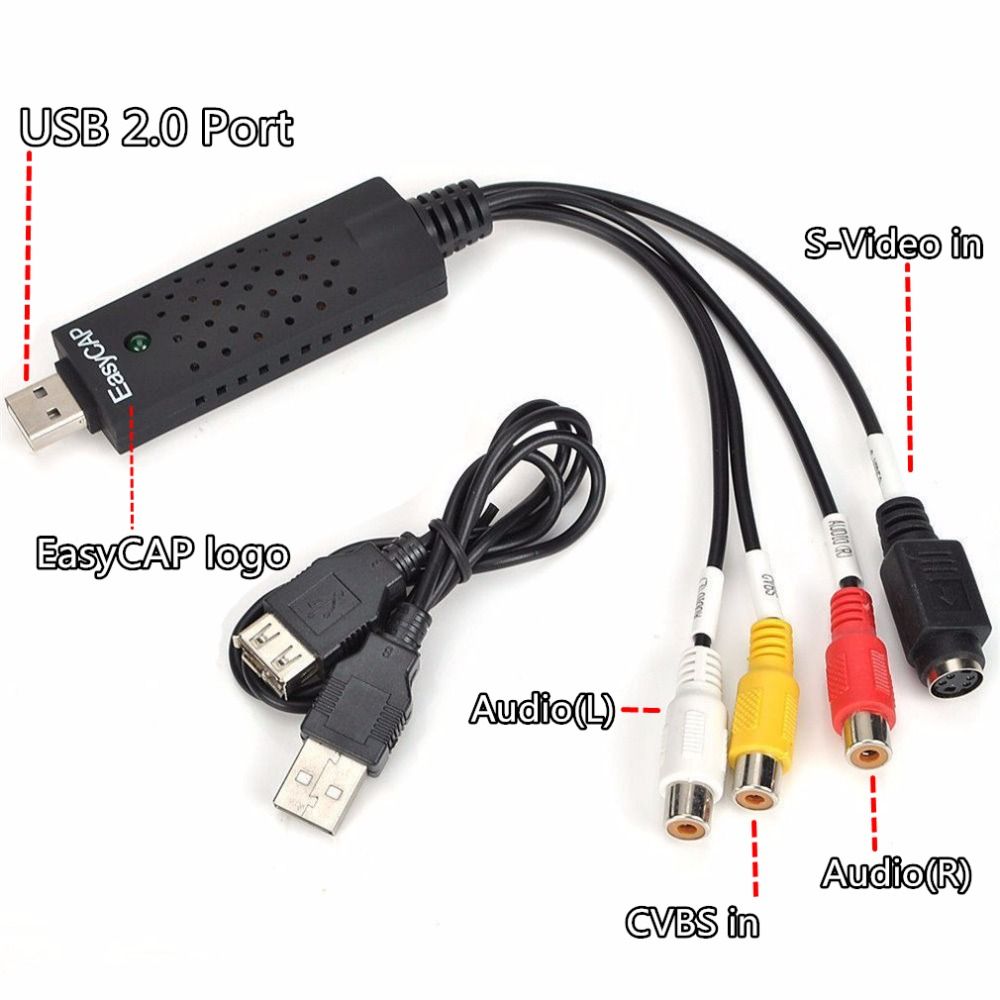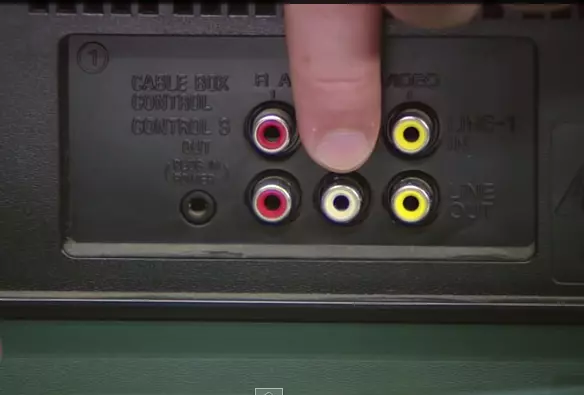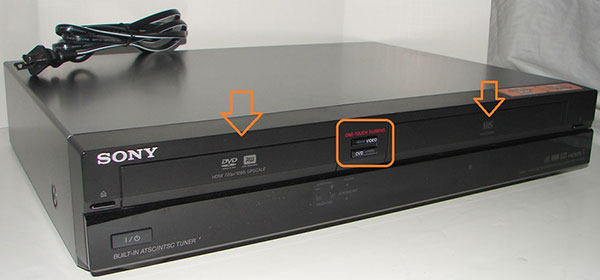

Follow the recording instructions: Now that your file is set up, use the instruction manual to guide you through recording.If you’re in North America (NTSC), set the rate to 60 Hz if you’re outside North America (PAL), set it to 50 Hz.

If you set the wrong refresh rate, the picture will look like crap. Set the Refresh Rate: Ever heard of NTSC and PAL? These are two different TV standards, and they dictate your tape’s refresh rate.In most cases, this option is available when you start a new project file. Turn on Interlacing: Poke around the software until you find the interlacing option and turn it on (this emulates how tapes are displayed on a TV).Set the canvas size to 320 x 240, and you’ll get a better picture. Set the canvas size: There’s no reason to record your tapes at Blu-ray resolution.



 0 kommentar(er)
0 kommentar(er)
